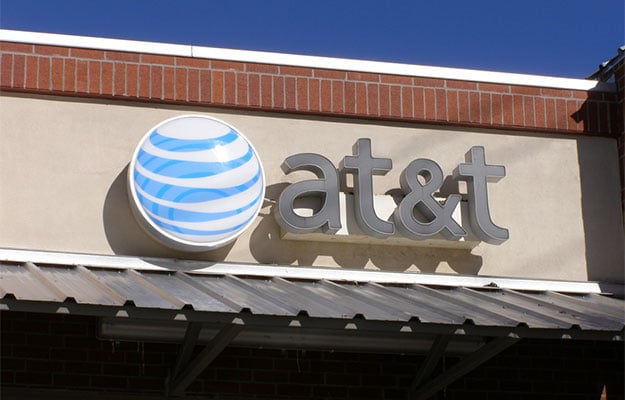AT&T Uses DirecTV Merger Loophole To Avoid Providing Cheap Internet To Low-Income Families
In the twenty-first century, many regard Internet as a service that everyone should be able to affordably access. AT&T, however, has used a loophole in its merger with DirecTV to avoid providing inexpensive internet to low-income families.
What did the merger specify? The FCC demanded that AT&T offer its services for $10 a month in areas where download speeds of 10 Mbps and 5 Mbps are available. AT&T must also provide services for $5 in places where download speeds of 3 Mbps are available. The FCC did not state what the company should do if downloads speeds are less than 3 Mbps. Consequently, AT&T refuses to provide Internet access to SNAP participants with download speeds of less than 3 Mbps.

The investigation began a few months ago when various applicants were told that they did not qualify for the program. It was soon discovered that their downloads speeds were less than 3 Mbps. AT&T customers who did not qualify would need to pay ten times as much thanks to AT&T’s lack of network management.
The National Digital Inclusion Alliance requested that AT&T provide service to SNAP participants who could access at least 1.5 Mbps for $5 a month. NDIA recognized that this was more than others were paying, however they felt that some internet was better than none. AT&T refused the request.

This exclusion does not just apply to rural areas. According to an FCC survey, roughly 21 percent of AT&T customers reached a maximum of 1.5 Mbps. Many of these households are in urban areas such as Cleveland and Detroit.
AT&T’s refusal to provide Internet access to low-income families runs counter to some of their recent arguments. The company offers discounts to customers in exchange for tracking their habits on the internet, presumably for marketing purposes. They claimed that if they did not offer these discounts, many people would not be able to afford Internet.
What did the merger specify? The FCC demanded that AT&T offer its services for $10 a month in areas where download speeds of 10 Mbps and 5 Mbps are available. AT&T must also provide services for $5 in places where download speeds of 3 Mbps are available. The FCC did not state what the company should do if downloads speeds are less than 3 Mbps. Consequently, AT&T refuses to provide Internet access to SNAP participants with download speeds of less than 3 Mbps.

The investigation began a few months ago when various applicants were told that they did not qualify for the program. It was soon discovered that their downloads speeds were less than 3 Mbps. AT&T customers who did not qualify would need to pay ten times as much thanks to AT&T’s lack of network management.
The National Digital Inclusion Alliance requested that AT&T provide service to SNAP participants who could access at least 1.5 Mbps for $5 a month. NDIA recognized that this was more than others were paying, however they felt that some internet was better than none. AT&T refused the request.

This exclusion does not just apply to rural areas. According to an FCC survey, roughly 21 percent of AT&T customers reached a maximum of 1.5 Mbps. Many of these households are in urban areas such as Cleveland and Detroit.
AT&T’s refusal to provide Internet access to low-income families runs counter to some of their recent arguments. The company offers discounts to customers in exchange for tracking their habits on the internet, presumably for marketing purposes. They claimed that if they did not offer these discounts, many people would not be able to afford Internet.

